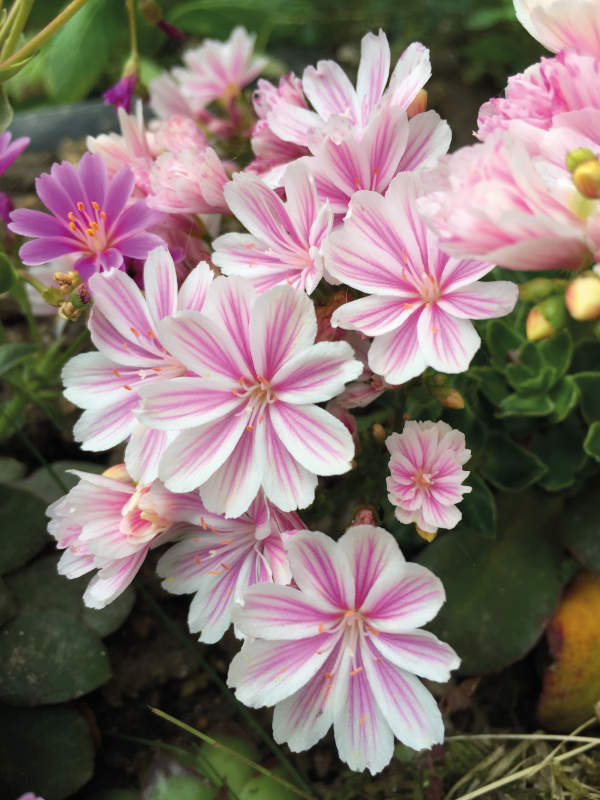How to grow Lewisia
Originating from western USA, lewisia is a low growing perennial which forms rosettes of fleshy, spoon-shaped leaves. From spring through until late summer (and sometimes beyond), it produces masses of brightly coloured, funnel shaped flowers.
Able to cope with drought, heat, and winter temperatures down to -10°C, lewisia makes a tough and resilient addition to walls, rockeries, and container displays. While it usually needs a couple of years to settle in before it flowers, some of the newer hybrids have been bred to flower in their first year.
Lewisia can be evergreen or deciduous, each type having different cultivation requirements. As Hayloft stock only evergreen varieties, these will be the focus of this growing guide.
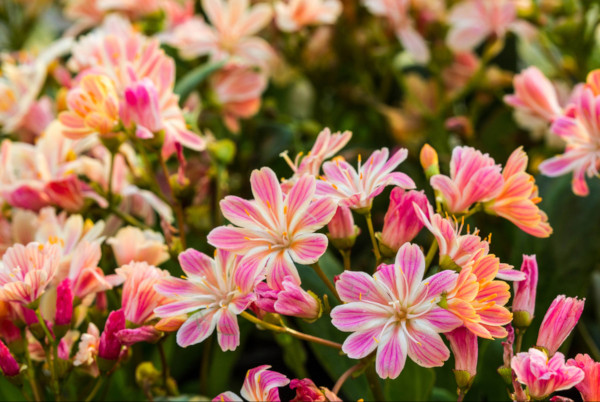
Zantedeschia is a genus of flowering plants from the family Araceae and is native to southern Africa. With a rich history dating back to the Ancient Romans, these deciduous or semi-evergreen perennials have been used as a symbol of celebration. Zantedeschia was Named after Professor Giovanni Zantedeschia, an Italian botanist.
There are two main forms of Zantedeschia: hardy and tender. Hardy forms of the plant can be grown outdoors, enjoy moist soil and full sun or partially shaded conditions - these are known as Arum lilies. Tender forms of Zantedeschia prefer being grown in containers or pots and should be brought inside over the winter - these are known as Calla lilies.
With tuberous flora in all colours from whites, yellows and oranges to deep reds and purples, Zantedeschias are not to be overlooked in any garden, as long as they have sufficient sunlight to grow in.
Ready to learn more about growing Zantedeschia? Read on for all there is to know...

Key Information
Soil pH
Position
Hardiness

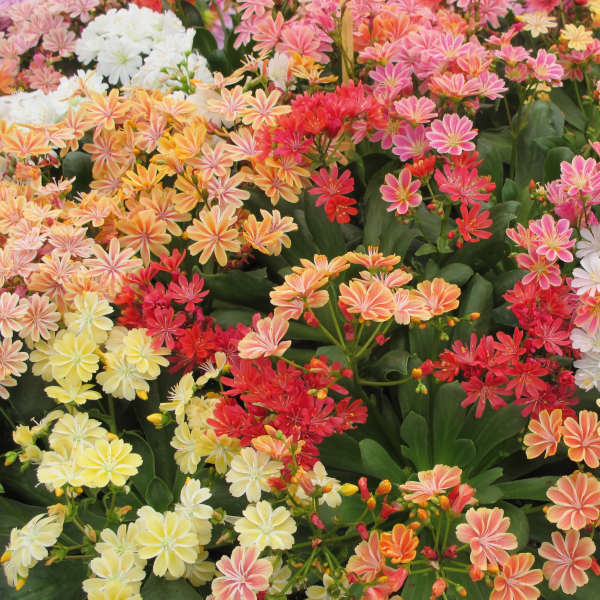
Where & when to plant Lewisia
Position- Light shade
Soil- Moderately fertile, sharply drained, neutral to acid
Flowering Period- Spring to late summer
Hardiness- Hardy to between -5°C and -10°C, provided plants are not exposed to excessive winter wet
For best results, plant in autumn or spring. An autumn planting is suitable for those gardening in ‘mild’ conditions, (broadly speaking, the southern half of the UK). For those liable to very cold winters, it is best to wait until spring (this is generally the northern half of the UK).
Unlike its deciduous counterparts, evergreen lewisia prefers a partially shaded spot among rocks and crevices. Rock gardens, walls, and gravel gardens are all suitable, as are containers and troughs filled with a gritty compost mix. Lewisia struggles with winter wet, so be sure to choose a well-draining spot not liable to pooling or waterlogging.
How to plant Lewisia
In the ground
- Clear the chosen area of weeds.
- Dig a planting hole several times larger than the root ball. If your soil is at all moist, add plenty of sand or horticultural grit to the planting hole and mix thoroughly. Avoid heavy, clay soil.
- Place the plant in the hole, ensuring the top of the root ball sits level with the surface of the soil. Too low and the plant may rot, too high and the roots can dry out.
- Backfill with soil and firm in gently.
- Soak well with water.
- Mulch around the base with horticultural grit or gravel.
In a container
- Choose an appropriate container. The eventual size of lewisia varies, so do check individual descriptions for details. Ensure there are plenty of drainage holes in the bottom.
- For best results use a compost specifically for cacti and succulents, which contains just the right levels of drainage and nutrients. Alternatively, mix plenty of horticultural grit into any good quality potting compost.
- Start by partially filling the pot with compost; enough so that when placed on it the upper surface of the root ball is about 3cm lower than the top of the pot.
- Infill all the space surrounding the root ball with compost, firming down with your fingers then adding a little more so the plant is held tight.
- Pick up the pot (if you can!) and lightly tap on the potting bench or ground a few times to help further settle the compost around the plant.
- Soak well with water.
- A mulch with horticultural grit will look attractive and help to prevent a ‘cap’ or crust forming on the top of the compost (something container plants can suffer due to the artificial nature of their watering).

What to plant with Lewisia
There can be no better sight than a stone wall bursting with colour from every crack and crevice. Try combining lewisia with fellow wall-lovers such as pulsatilla, arenaria, erigeron and a trailing campanula. Like the lewisia, these all prefer light shade and so make excellent growing companions.

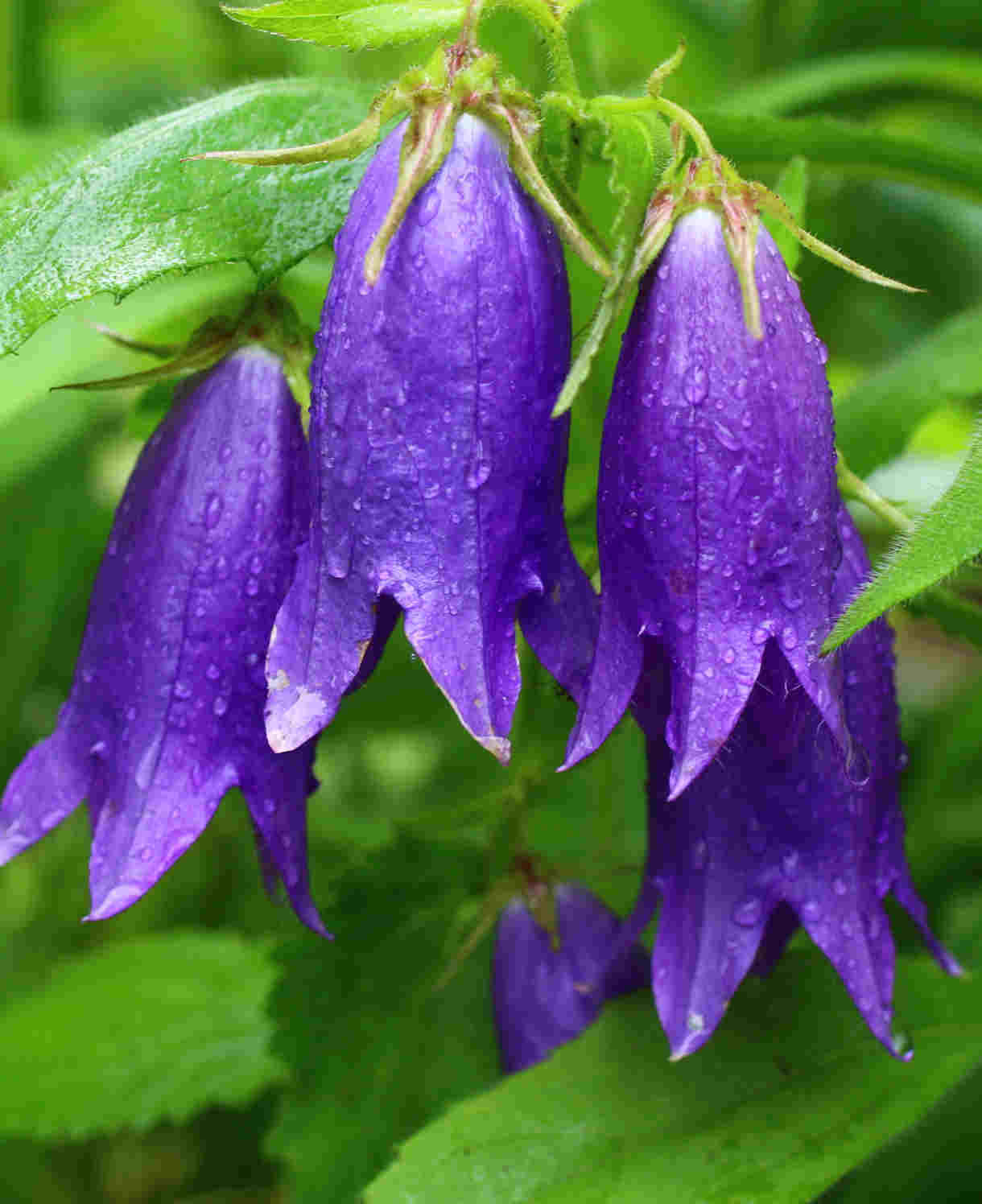
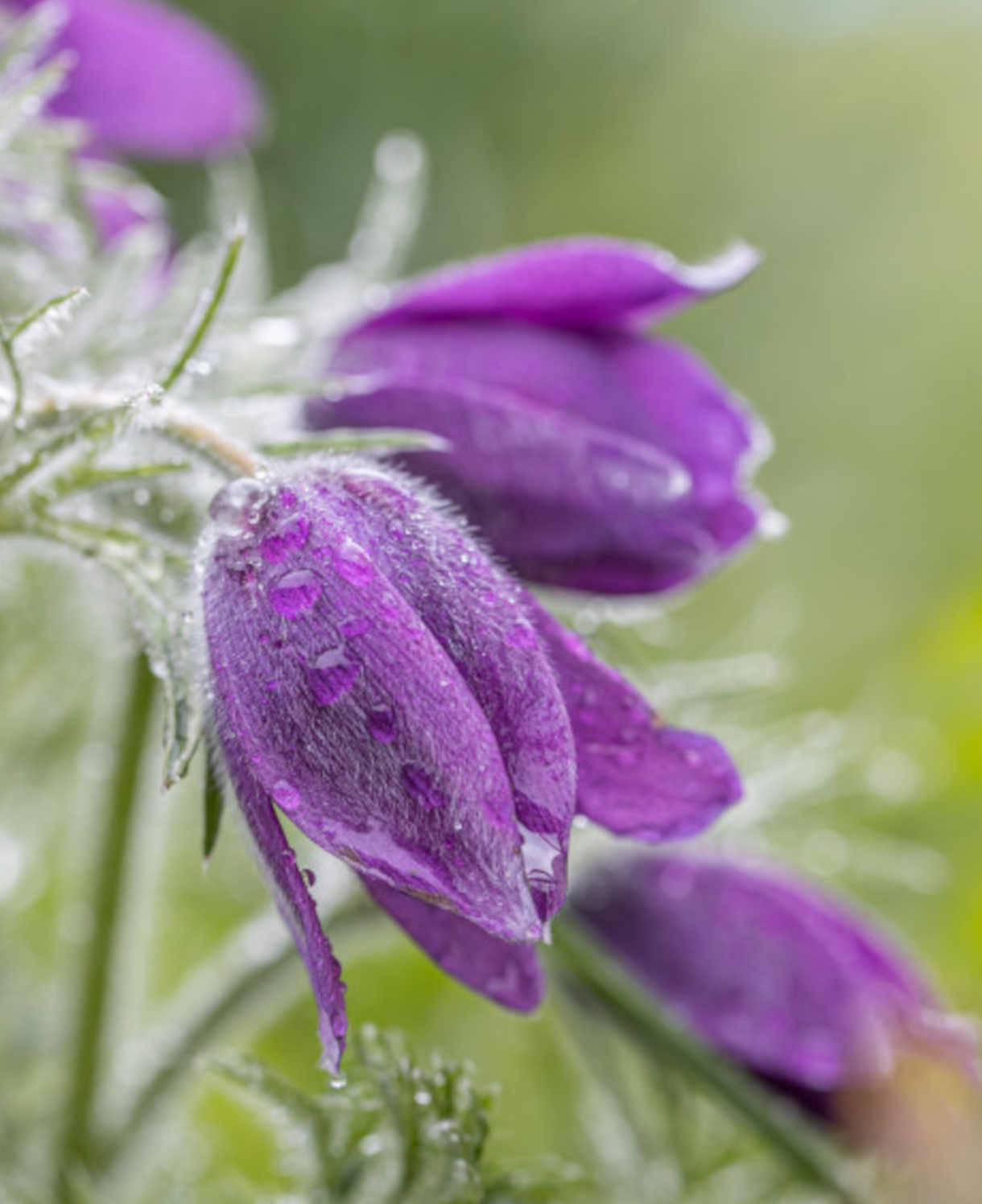
How to care for Lewisia
Pruning and Deadheading
Deadhead regularly throughout the blooming period to encourage further flowering.
No other pruning should be required, other than the occasional removal of a tatty leaf.
Watering
Water until established, after which this succulent tends to look after itself.
If growing in a container, water moderately during the growing season. This means allowing the compost to dry out almost completely between soakings.
Cold Protection
The biggest problem faced by lewisia over winter is not low temperatures as you may expect, but excess water. In very free-draining conditions it can withstand temperatures down to -10°C, however when sitting in damp soil it becomes considerably less hardy.
The best defence is to choose a planting spot carefully. If you do have any concerns about rainfall levels, protect your plant over winter with a dry mulch of straw or bracken. If you can, err on the side of caution by moving container grown plants into an unheated conservatory, greenhouse, or cold frame, or into the rain shadow of a wall.
Pests and Diseases
Lewisia tends to be fairly problem free, though in wet conditions it can succumb to neck rot. In addition to choosing an appropriately well-draining planting spot and mulching with grit or gravel (as above), it can also be helpful to plant lewisia at a slight angle. This will encourage water to run off rather than sit in the crown.
How to propagate Lewisia
Once established, lewisia will produce small offsets (baby plants), which offer the quickest and most successful route to propagating new plants.
- Snip away from the parent plant in early summer.
- Pot into individual pots filled with a succulent and cacti mix, or a very gritty mix.
- Grow on under cover until plants are big enough to go outside; ideally a greenhouse, conservatory, or cold frame (watering moderately as above in the ‘Watering’ section). If you have a propagating unit with bottom heat this will speed the process up considerably.
Common Lewisia questions
Where does lewisia grow best?
The evergreen species we sell grow best in a very free-draining spot in light shade. See above for more details.
Do lewisia plants come back every year?
Yes, provided it does not sit too wet or sustain a very deep freeze (beyond -10°C), this evergreen perennial should remain in your garden for a long time.
Do I deadhead lewisia?
Yes, if you wish to prolong flowering.
Can lewisia be grown indoors?
Lewisia is primarily an outdoor plant, and grows best in the light levels, humidity, temperatures, and air flow which are naturally found outside. While these can be recreated in specialist alpine glasshouses, it is unlikely the average greenhouse or home will be able to offer the appropriate conditions.
We would therefore not recommend lewisia as a houseplant, though it can be moved inside temporarily during the wettest and coldest of the winter months. A cool, bright environment is best (as seen in the ‘Cold Protection’ section above).
Does lewisia like full sun?
While deciduous species prefer full sun, the evergreen type we sell prefers to be grown in light shade.
